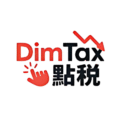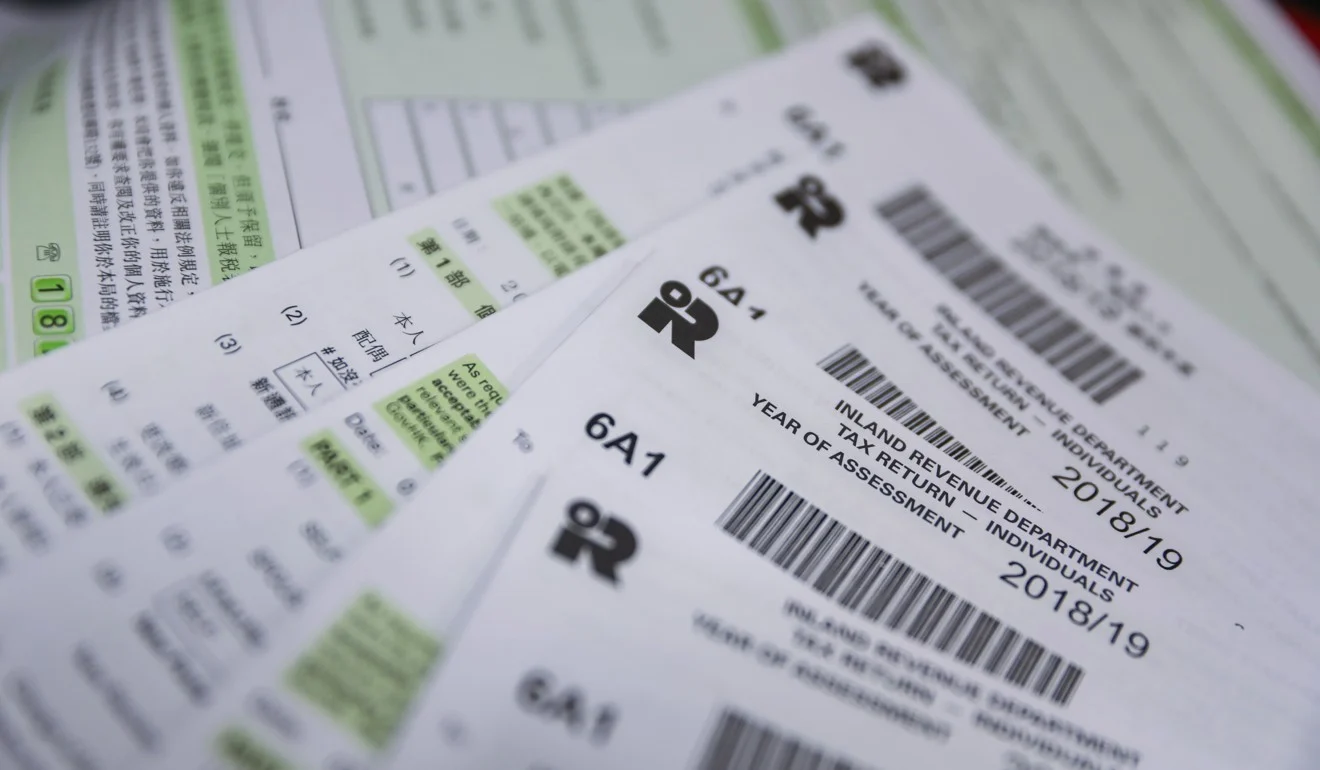When it comes to tax-deductible annuities in Hong Kong, there’s a common misconception that you should always max out your Qualified Deferred Annuity Policy (QDAP) at $60,000 annually. But is this one-size-fits-all approach really the smartest move for your finances?
The 17% Tax Rate Sweet Spot
The real magic of QDAP tax benefits happens at the 17% marginal tax rate. This is Hong Kong’s highest progressive tax rate, applied to income exceeding $200,000 (after deductions and allowances).
But here’s what many insurance agents won’t tell you: you only need to contribute enough to cover the portion of your income that falls into this 17% bracket—not necessarily the full $60,000.
Calculating Your Optimal QDAP Amount
Let’s look at a practical example:
If your net assessable income is $240,000, only $40,000 of that ($240,000 – $200,000) is taxed at the highest 17% rate. The rest falls into lower tax brackets.
In this case:
- Contributing $40,000 to a QDAP would save you $6,800 in taxes ($40,000 × 17%)
- Contributing the full $60,000 would save you $9,600 ($40,000 × 17% + $20,000 × 14%)
While $9,600 is certainly more than $6,800, you’re also tying up an additional $20,000 that might serve you better elsewhere, especially if liquidity is important to you.
The Opportunity Cost Question
Remember, QDAP is a long-term commitment—you’ll need to contribute for at least 5 years. That’s a significant amount of money to lock away.
Ask yourself:
- Might that extra $20,000 be better used elsewhere?
- Could you invest it with potentially higher returns?
- Do you need that money for other financial goals?
- Would you rather maintain more financial flexibility?
Tailoring Your QDAP to Your Tax Situation
The beauty of this approach is that you can customize your QDAP contribution based on exactly how much of your income falls into the 17% tax bracket.
For example:
- Net assessable income of $220,000? Consider a $20,000 QDAP premium
- Net assessable income of $300,000? A $60,000 premium maximizes your tax benefit at the highest rate
- Net assessable income of $230,000? A $30,000 premium targets just the amount taxed at 17%
Planning for Future Tax Situations
When deciding on your QDAP amount, consider how your income and deductions might change over the next five years.
Future events that could impact your optimal QDAP amount include:
- Salary increases or decreases
- New allowances (like dependent parent allowances when parents turn 55/60)
- Housing decisions (renting, buying property)
- Family changes (marriage, children)
- Career shifts (sabbaticals, part-time work)
Since you’re committing to at least 5 years of premiums, it’s wise to choose an amount that will still make sense if your tax situation changes.
How to Find Your Perfect QDAP Amount
Check your tax assessment:
- Look at your most recent tax bill
- Find your net assessable income
- Subtract $200,000
- The remainder is the amount that would be taxed at 17%
- This is your “sweet spot” for QDAP contributions
If this amount is less than $60,000, consider limiting your QDAP to just this figure.
The Bottom Line
There’s no need to automatically commit to the maximum $60,000 QDAP contribution. By matching your premium to the portion of your income actually taxed at 17%, you can optimize your tax benefits while maintaining financial flexibility.
Want personalized advice on determining your optimal QDAP amount? Our tax experts are ready to help! Message us on Instagram @DimTax with information about your income and current deductions, and we’ll help you calculate the QDAP amount that makes the most sense for your unique situation.
Smart tax planning is about precision, not maximums. Get the right-sized plan for your financial reality!



